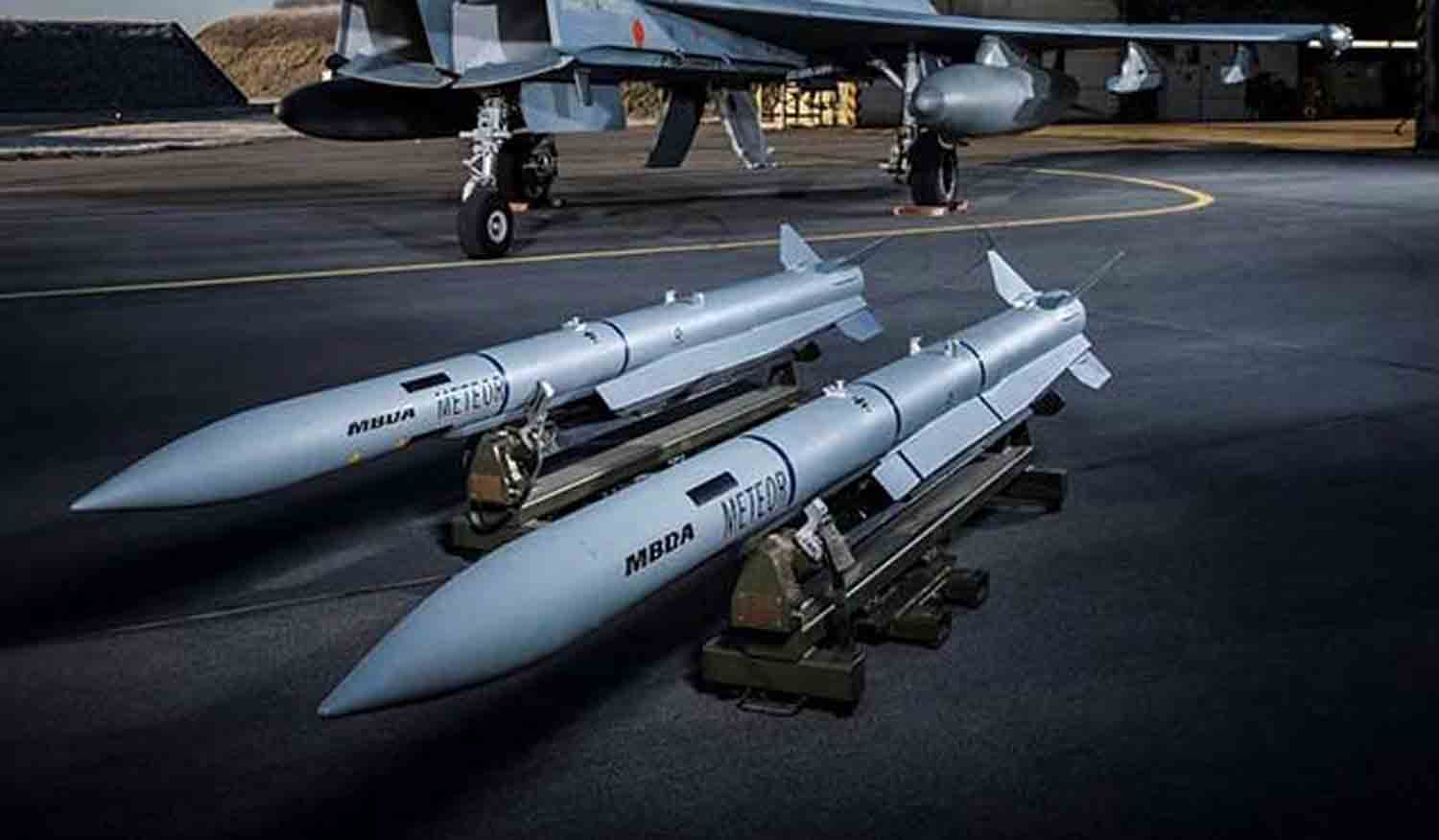Two Russian Tu-95MS strategic bombers from the long-range aviation division conducted a scheduled mission over the neutral waters of the Sea of Okhotsk and the Japan Sea, with the flight duration exceeding eight hours.
The operation, which comprised several phases, was accompanied by Russian Su-35S and Su-30SM fighter jets from the Russian Aerospace Forces, ensuring air dominance and security. During parts of the flight, foreign fighter aircraft monitored the bombers, indicating heightened international attention in the area.
Such operations are a routine aspect of training for Russia’s long-range aviation, with comparable missions regularly performed over neutral waters in the Arctic, North Atlantic, Pacific Ocean, and the Black and Baltic Seas.
The Russian Ministry of Defense has emphasized that all flights adhere strictly to international airspace regulations, with no breaches of foreign borders. These missions highlight Russia’s persistent presence and strategic stance in key regions, even amid escalating global tensions.
The execution of these flights serves multiple operational purposes. They clearly showcase military capabilities. The Tu-95MS is a legendary aircraft, recognized for its durability, having been in service since the 1950s, and its capacity to transport both conventional and nuclear payloads over extensive distances.
Through the execution of this mission, Russia not only showcases the operational readiness of its esteemed aircraft but also highlights the sustained capabilities of its long-range aviation forces amidst contemporary technological developments. The selected flight path over the Sea of Okhotsk and the Japan Sea, areas of considerable geopolitical significance, conveys a message of ongoing military reach and presence.
Moreover, these operations are intended to assert Russia’s presence in international waters. The Sea of Okhotsk and the Japan Sea are adjacent to nations with which Russia maintains intricate diplomatic ties, including Japan, South Korea, and the United States.
By deploying these bombers in international airspace, Russia reinforces its maritime and aerial rights as stipulated by international law, subtly reminding other countries of its capacity to project power beyond its borders.
This action can be interpreted as a demonstration of sovereignty, particularly in light of ongoing territorial disputes, such as those regarding the Kuril Islands between Russia and Japan.
Additionally, these missions provide valuable training for pilots and crew members. Operating the Tu-95MS, particularly on extended flights, demands a high degree of skill and endurance from the crew. These flights facilitate the practice of navigation, communication, and operational management of a sophisticated aircraft under potentially adverse conditions, including inclement weather or simulated combat situations.
The importance of training cannot be emphasized enough; it guarantees that the Russian Air Force remains prepared for combat, with crews proficient in managing the intricate systems and armaments of their aircraft.
Additionally, it serves as a crucial reminder of the need for combat readiness. In a time when global tensions can rise swiftly, the capability to mobilize and deploy strategic bombers acts as a deterrent.
This capability communicates to potential adversaries that Russia is in a constant state of alertness and preparedness, ready to address threats or execute strategic operations without delay.
Such readiness is not solely for defensive purposes; it also plays a significant role in broader strategic signaling within international relations, where military posture can impact diplomatic discussions and global politics.
The Tu-95MS functions as a strategic missile carrier, an evolution of the original Tu-95 created by the Soviet Tupolev design bureau. This bomber is specifically engineered to transport long-range strategic air-launched cruise missiles.
The Tu-95MS’s development commenced in the late 1970s, with its inaugural flight occurring in September 1979 and serial production beginning in 1981. The Tu-95MS is recognized for its contribution to the nuclear triad of the USSR and, subsequently, the Russian Federation.
The Tu-95MS is a fully metallic monoplane featuring a mid-mounted swept wing and a single vertical tail. It is equipped with four NK-12MP turboprop engines, renowned for their efficiency and high fuel economy during their era. These engines drive coaxial four-bladed AV-60K propellers.
Fuel management is facilitated by eight sealed wing tanks along with three flexible tanks located in the central section and rear of the fuselage. An aerial refueling probe situated at the nose of the aircraft enhances its operational range.
The Tu-95MS underwent extensive modernization, resulting in notable improvements to its aerodynamics and avionics. The redesigned wing boasts a more efficient profile, which enhances overall flight performance. Additionally, the stabilizer is equipped with an automatic angle adjustment feature to counterbalance shifts in the center of gravity caused by fuel consumption. The aircraft’s electronic systems have been entirely overhauled, including the installation of two new onboard computers that enhance navigation and flight control capabilities.
In terms of armament, the Tu-95MS is primarily designed for launching cruise missiles. It can carry up to six Kh-55 or Kh-555 missiles in an internal rotary launcher, with the potential to accommodate additional Kh-101 missiles on external pylons following further upgrades. These missiles are capable of engaging targets at considerable distances, underscoring the strategic significance of the Tu-95MS.
The Tu-95MS has undergone enhancements in its electronic warfare (EW) capabilities to bolster its resistance against enemy jamming systems. Nevertheless, the aircraft is still recognized for its significant engine noise, which can hinder its ability to maintain surprise during missions.
The crew size of the Tu-95MS has been streamlined to seven members, a reduction made possible through the automation and refinement of onboard systems. While the aircraft does not feature ejection seats for the crew, it has been equipped with an emergency escape system utilizing entry hatches, which includes a mechanism that can eject a section of the cabin floor to facilitate quick evacuation if required.
Production of the Tu-95MS persisted into the early 1990s, after which efforts shifted towards the modernization and upkeep of the existing fleet. Currently, the Tu-95MS and its variants, particularly the Tu-95MSM, are still operational within the Russian Air Force, serving a vital function in the nation’s strategic capabilities.
Discover more from Defence Talks | Defense News Hub, Military Updates, Security Insights
Subscribe to get the latest posts sent to your email.





